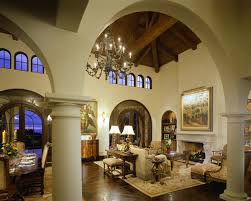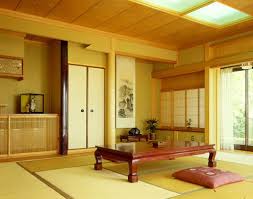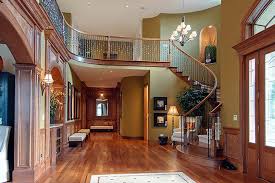 Whether you want to create a quaint hideaway space in the former attic; a romantic master bedroom; a trendy family room or an elegant kitchen, designing a new space requires knowledge about a few basic things:
Whether you want to create a quaint hideaway space in the former attic; a romantic master bedroom; a trendy family room or an elegant kitchen, designing a new space requires knowledge about a few basic things:The function of the space.
As a designer, it is your job to make the room both functional and stylish. No one will use a room full of expensive crystal and antiques if they have small children. While working around the family’s needs and interests may be difficult at times, it is essential to designing a room that is more than just a showplace – but is place to call home too.
The space available.
Take a good look at the space you have available. Sometimes part of your design will include adding square footage by knocking out walls and combining space or even adding on. Other times you’ll have to create unique ways to handle space restrictions and figure out how to make a small cramped space look and feel roomier.
The budget.  Sure, top of the line fixtures and furniture can make a space stand out, but that isn’t always an option, especially when the budge is tight. Consider how much money you have to spend to redecorate and choose your splurge items carefully.
Sure, top of the line fixtures and furniture can make a space stand out, but that isn’t always an option, especially when the budge is tight. Consider how much money you have to spend to redecorate and choose your splurge items carefully.
Once you figure out how the room will be used; who will use it; what space is available and how much money you have for the transformation, it’s time to dig into some real designing. But, where so you start? Begin by following these basic rules of interior design.
Create a file of clippings and samples that show the style and colors you would like to use in your home. Be sure you have ample samples to evaluate within the space itself
Draw a floor plan of the room you will be decorating.
Evaluate your existing environment.
Create a Budget that works in with your financial situation so you know right away what splurge items are reasonable and which isn’t.
Either hand draw or use a specially designed computer program to begin designing the room of your dreams.

- Plan a schedule of what you will be doing and when.
- Find a competent contractor.
- Get to work.
Whether you’ll be handling a complete renovation or just a light design touch-up, remember that there will always be problems to overcome during the design process. Oftentimes the best design plans must be changed to better meet zoning requirements or to eliminate costly structural changes. Be flexible and open to changes in your ideas.


















